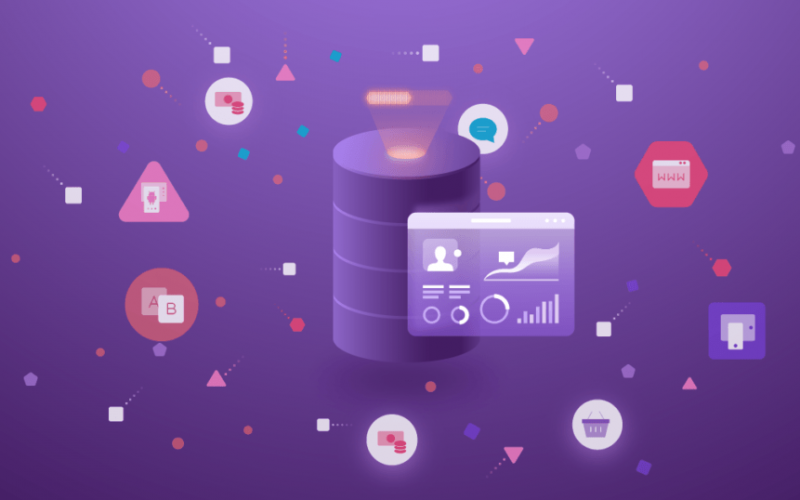The build-your-own customer data platform (CDP) is on the rise and for good reason. These platforms empower high-growth data teams to make data a core competency and in-house differentiator. But build-your-own CDPs often feel like one technical challenge after another — and it can be daunting to even start. If you’re building your own CDP (or just planning to), get ahead of the curve on these common obstacles. After all, knowing is half the battle.
Missing Data
In an ideal world, you’d have a crystal ball to predict what business challenges and opportunities are coming in the future. But in reality, it’s impossible to brainstorm every nuanced question and data points. Plus, spending your time in the world of “what ifs” can lead to decision paralysis. The problem is when you haven’t integrated all of your key sources, gaps in data inevitably arise. Teams often react by relying less on data and instead make decisions on what “feels right,” and often go down the wrong path.
Lack of Standards
Clear standards are everything — both in life and in business. Otherwise, joining disparate datasets with different schemas is a huge headache. Data from your email service provider is stored in a different schema from the data from web or experimentation tools. All of the data arrives in your warehouse at different times, and then it’s up to you to figure out the best way to connect these data sources and present insights that are accurate and up-to-date.
Complex Identity Resolution
So you’re trying to reconcile anonymous, pre-conversion behavior with an authenticated behavior or browsing behavior with email behavior? Better get another cup of coffee: many data teams spend significant internal resources implementing advanced identity resolution. This has become such an issue that some organizations are even churning from identity management vendors and building solutions in-house instead.
Fragile ETL Pipelines
Up to 80% of a data team’s time can be spent cleaning, integrating, and maintaining data pipelines to create a holistic user view. The cost of incorporating all of your data can consume a lot of data resources, which reduces the amount of time on delivering insights, taking action, and developing predictive models.
The Solution Lies in Customer Data as a Service (CDaaS)
Despite these challenges, all is not lost if you’re looking to build your own CDP. Customer Data as a Service (CDaaS) can help simplify the process by bringing in clean, complete customer data into your company’s source of truth. A CDaaS enables data teams to:
-
- Autocapture and import critical behavioral event streams, including web, app, email, CRM, and experimentation data.
- Fully cleanse and normalize the data against a user-centric schema.
- Model and verify the data by separating event definitions from raw data.
- Remove the annoying and error-prone parts of managing ETL/data pipeline processes, so you can focus on higher order, more valuable data science.






